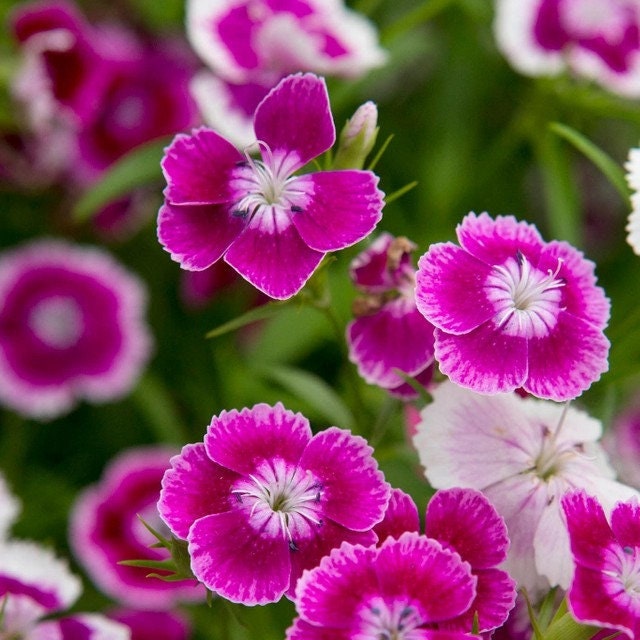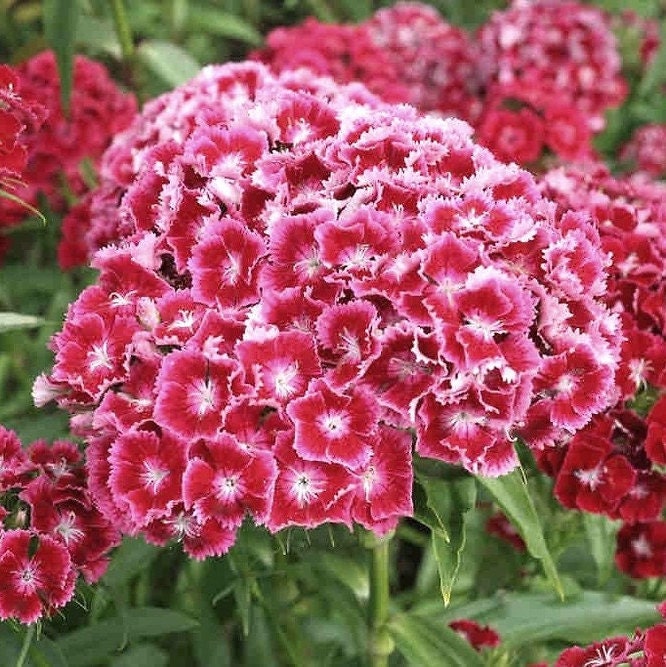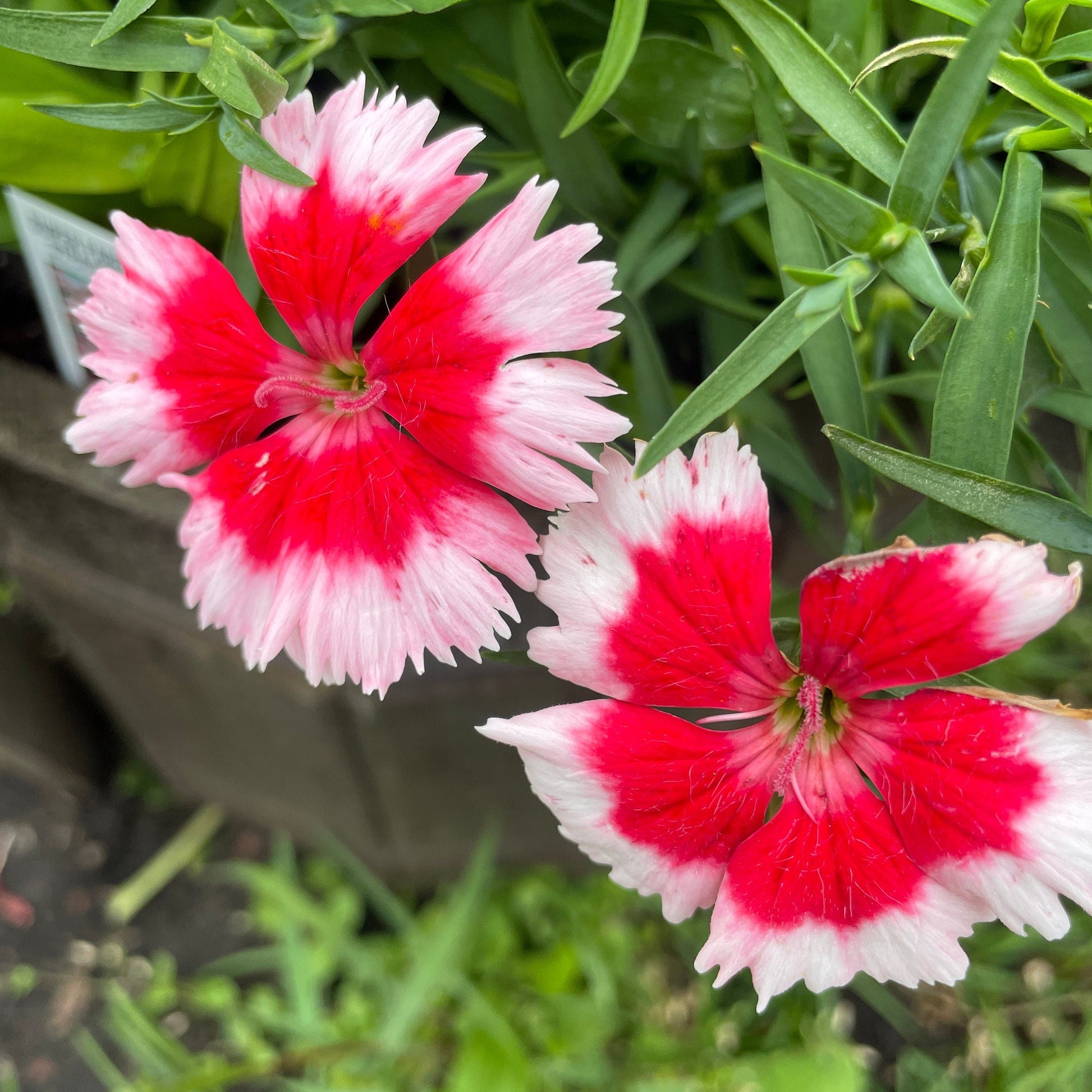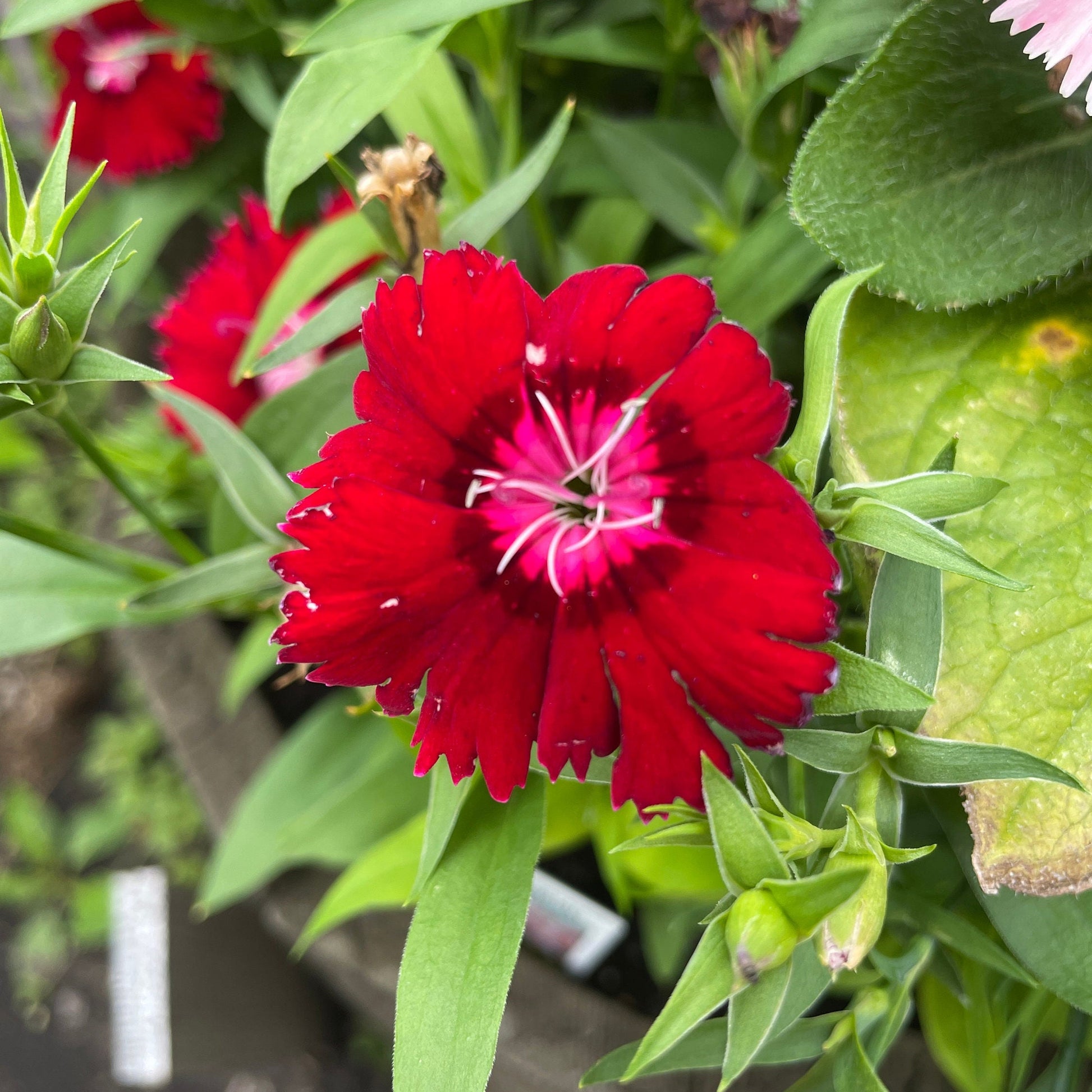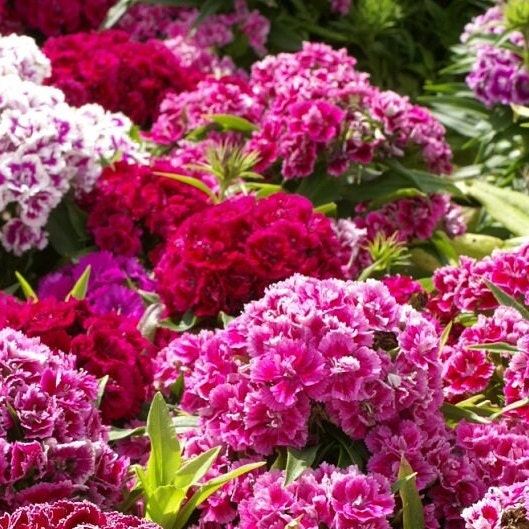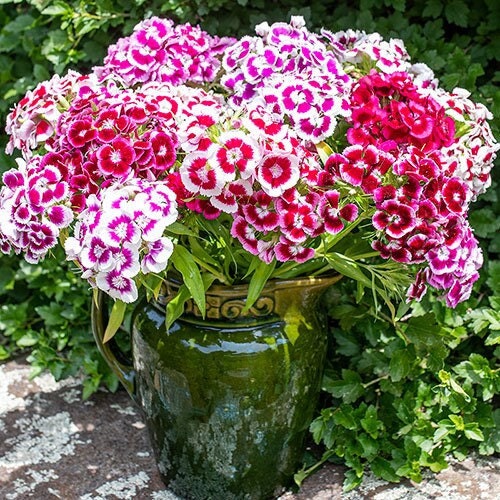Fuschia Designs Shop
Flower Seeds - Sweet William (Dianthus)
Flower Seeds - Sweet William (Dianthus)
4.0 / 5.0
(1) 1 total reviews
Couldn't load pickup availability
Sweet William (Dianthus barbatus) is a short-lived, herbaceous perennial or biennial flowering plant ideal for use in cottage gardens, perennial beds, or containers. The flowers come in many vibrant shades and are attractive to pollinators like butterflies, bees, and hummingbirds.
Planting Sweet William in late spring will usually produce flowers the following year, although some new cultivars bloom in the first year if you start the seeds early enough.
Botanical Name: Dianthus barbatus
Common Name: Sweet William, bearded pink, pinks
Family: Caryophyllaceae
Plant Type: Herbaceous, Perennial
Mature Size: 1-2 ft. tall, 0.5-1 ft. wide
Sun Exposure: Full sun, part shade
Soil Type: Moist, Well-drained
Soil pH: Acidic, Neutral, Alkaline
Bloom Time: Late Spring, Summer
Flower Color: Red, Pink, White, and Bicolor
Hardiness Zones: 4a-9b, USDA
Native Area: Europe
Toxicity: Toxic to pets and people
Sweet William Care:
Easy to grow when provided with filtered sun and rich, well-drained soil. The plants readily self-seed each year under optimal growing conditions, so you will likely have a fresh batch of beautiful flowers to admire every summer. Space Sweet Williams about eight inches apart as bedding plants to allow for the dense foliage that appears during the first year.
Light
Unless you live in a hot Southern region, Sweet William appreciates a full sun position. They can tolerate light shade, but too much shade results in leggy, floppy plants. In hot regions, some afternoon shade is a good to help prolong the bloom time.
Soil
Sweet William can tolerate many soil types, except wet, heavy conditions. A well-drained, fertile, loamy site is ideal. The plants can survive in soils with various pH levels too but often do best in a slightly alkaline one. Some growers add lime to the soil before planting.
Water
Water Sweet William regularly through the growing season, but take care not to over-water. Waterlogged conditions promote fungal diseases in this species. A moist but not saturated substrate is best.
Temperature and Humidity
For a flowering plant, Sweet William is relatively cold-hardy. It can survive light frosts, but deep freezes will result in the plant dying down. This species doesn't do well with high humidity, and temperatures above 85° F can result in dormancy.
Fertilizer
Sweet William should be fed with an all-purpose fertilizer every couple of months while they are growing.
Propagating Sweet William
Propagating Sweet William from cuttings is possible. However, because these plants are short-lived, many people simply purchase cold-treated plants during the spring to grow them as annuals.
How to Grow Sweet William From Seed
Sweet William is easy to grow from seed, but they don't typically bloom the first year. The seed can be sown into the ground in the late spring or early summer when there is no danger of frost. They prefer cool temperatures of around 50-55 degrees Fahrenheit and consistently moist soil for germination. Temperatures above 65 degrees Fahrenheit can result in weak, leggy growth.
These plants don't like to be over-crowded, so, as the seeds germinate, thin them out so there is adequate air circulation.
If you want to see blooms in the first year of planting, you could try sowing the seeds indoors six to eight weeks before the last spring frost. Harden them off and transplant the seedlings outside in cell packs or containers once the danger of frost has passed.
Common Pests & Plant Diseases
Fungal diseases like rust and crown rot can be a problem for Sweet William if it is planted in poorly drained soil or overwatered2. It is also attractive to slugs and snails.
How to Get Sweet Williams to Bloom
With their small clusters of flowers, Sweet Williams offer a splash of color right through the summer. Under the correct conditions, these biennials can bloom from May through to October in their flowering year. Their bright range of colors includes reds, pinks, whites, purples, and variegates. Some flowers are fragrant, but many cultivars are scentless. Their fringed and bearded petals are what give them their alternative "bearded pink" name.
Ensuring Sweet William has moist but well-drained soil is crucial for healthy and abundant bloom production. Overly hot temperatures also impact flowering capabilities. Deadheading spent flowers will also encourage more blooms. However, stop deadheading in the late summer to encourage self-seeding for new plants the following year.
Approximately ~ 40 seeds/package
Share
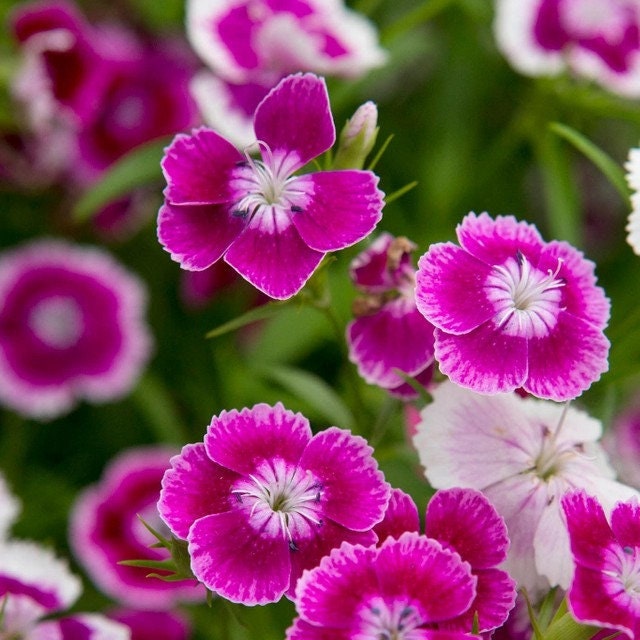
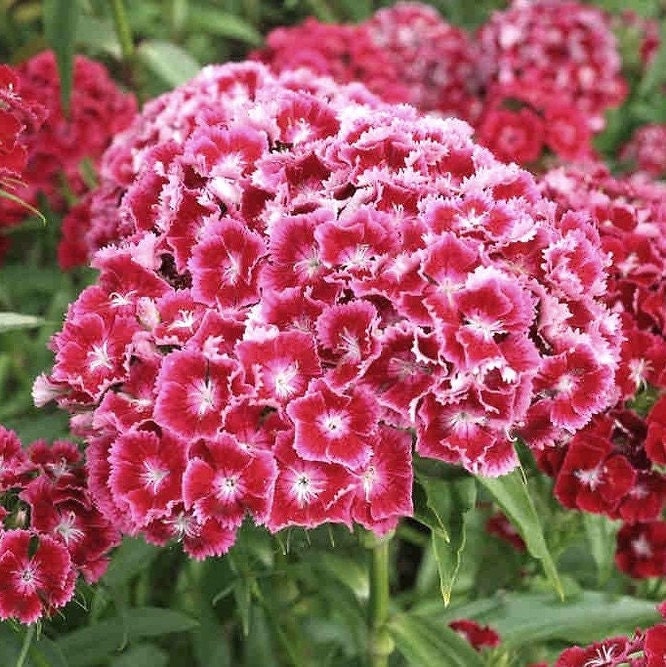
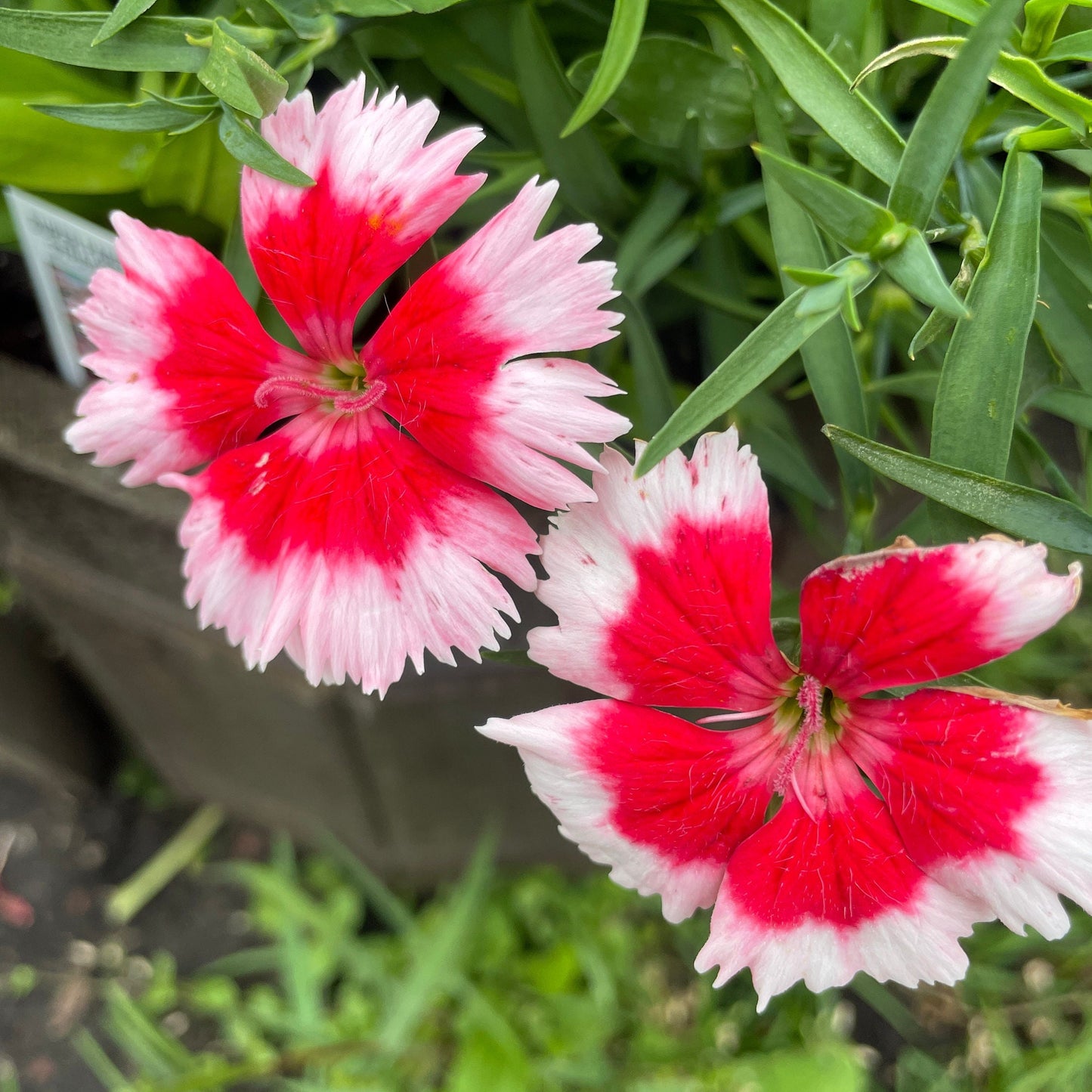

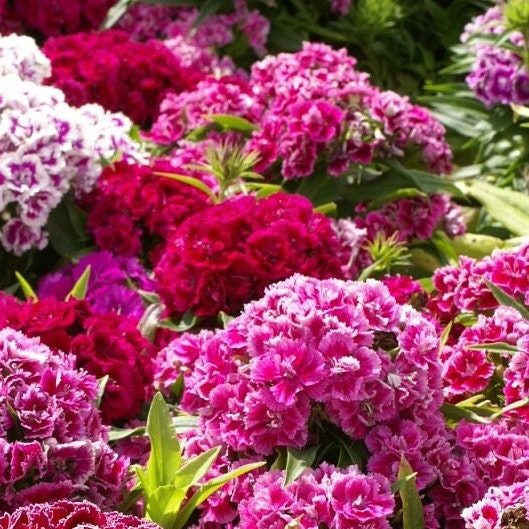

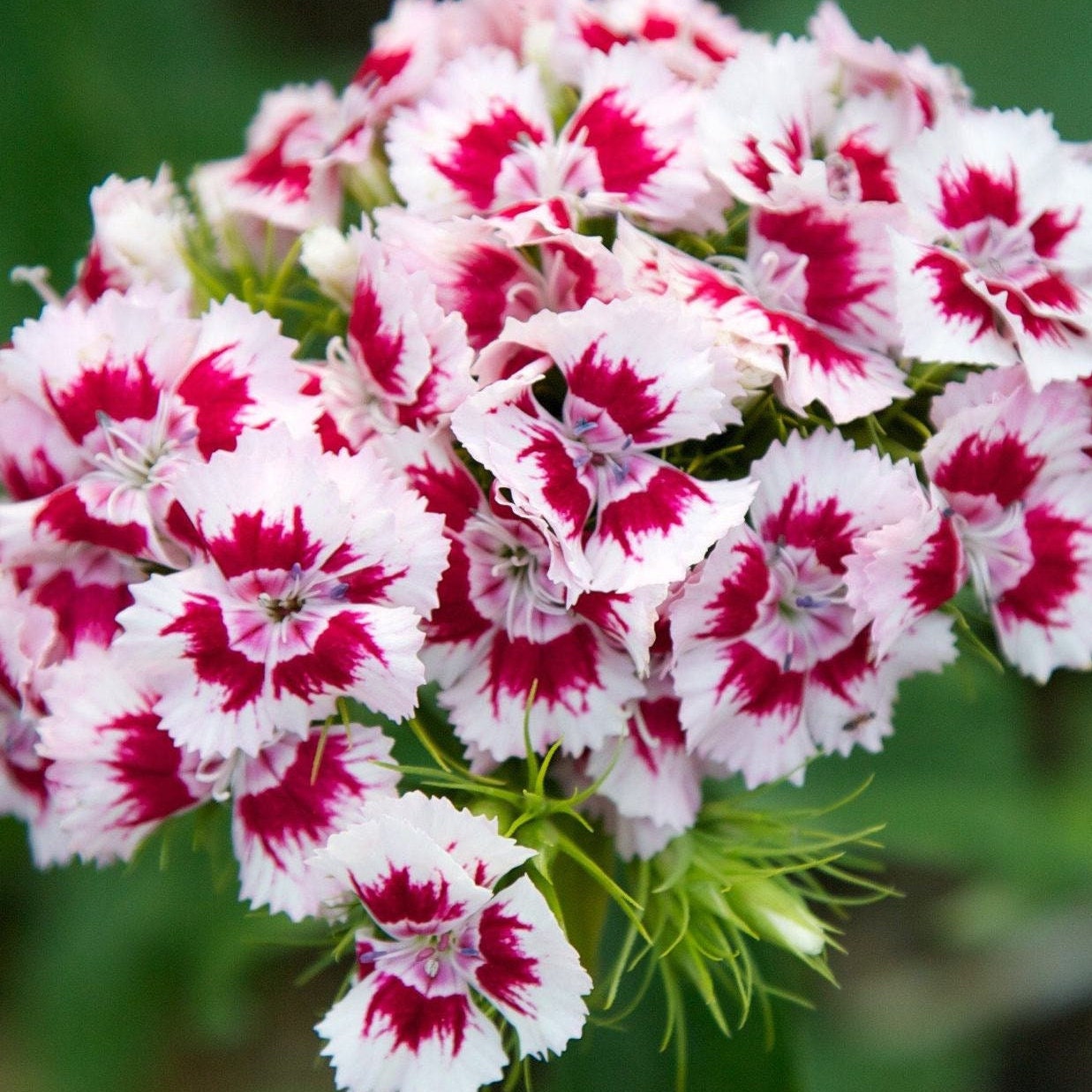
Love Sweet William, the scent is heavenly. Should look and smell wonderful in my garden.
Love Sweet William, the scent is heavenly. Should look and smell wonderful in my garden.
Collapsible content
SHIPPING
Due to regulations our seeds can only be shipped within CANADA. All seeds are shipped regular letter through Canada post. All seed bombs and large packages are shipped with tracking through Canada Post, UPS, Purolator, or Sendle.
All non-seed products can be shipped to the US and Canada.
SUBSCRIBE TO OUR EMAILS
Be the first to know about new collections and exclusive offers.

